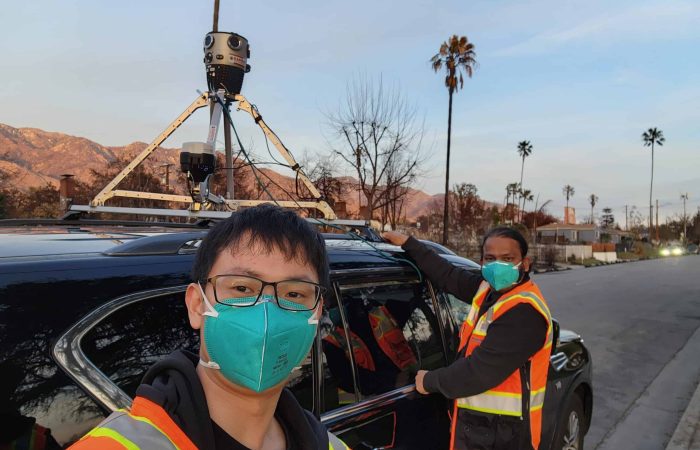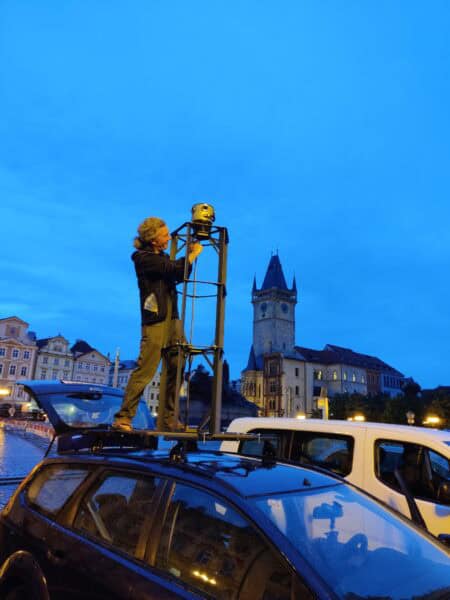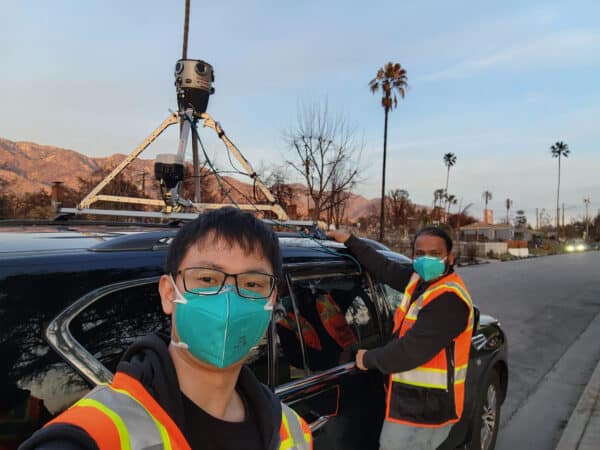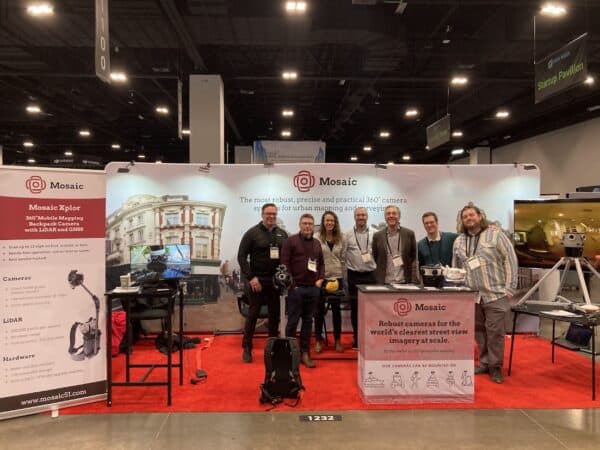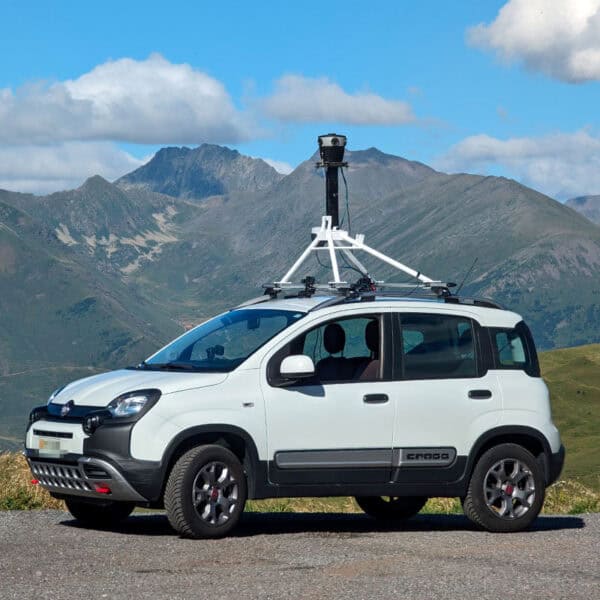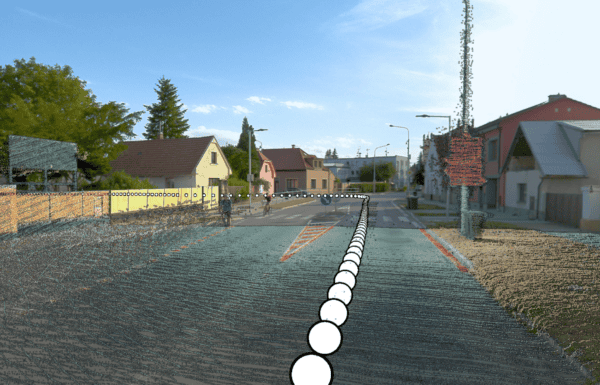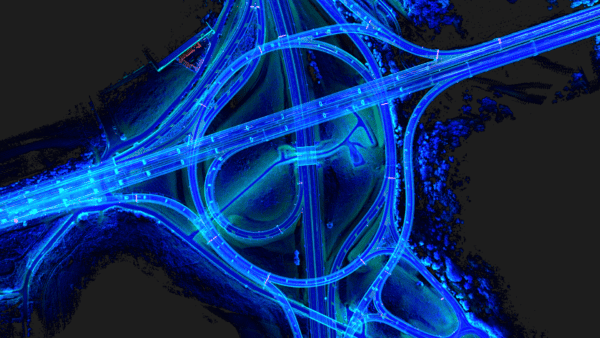As Los Angeles rebuilds after devastating wildfires, UCLA scientists gather crucial data from the affected areas to support wildfire resilience research.
Rebuilding after the L.A. fires
Two months have passed since some of California’s worst wildfires in recorded history consumed large parts of the Los Angeles metropolitan area, including Pacific Palisades, Eaton, and Altadena. Over 37,000 acres were destroyed, thousands of lives were turned upside down, and the road to rebuilding damaged towns has just begun.
Although Los Angeles will never be the same, one silver lining from this disaster is that it will enable scientists and engineers to learn from it and help them improve community resilience to wildland-urban interface fires. Incidentally, L.A. is home to leading universities and working with local stakeholders, UCLA is taking a leadership role in the research efforts.
UCLA goes behind the lens
Prof. Ertugrul Taciroglu in the Department of Civil and Environmental Engineering at UCLA is the PI of a field reconnaissance project. He is assisted by a team of researchers, including Dr. Riyaaz Shaik who is a Research Scientist at UCLA’s B. John Garrick Institute for the Risk Sciences. Their research involves establishing digital twins of the pre- and post-fire conditions in the affected areas. Then, use that information in computational simulations to examine vulnerabilities and devise optimal strategies for disaster resilience. Their work makes heavy use of artificial intelligence and computer vision, which requires collecting and processing massive data collections.
Mosaic had the opportunity to discuss with Dr. Shaik about his team’s work during the aftermath of the devastating wildfires that swept through Southern California in January, 2025.
Their group uses geospatial technologies and remote sensing for environmental monitoring and emergency response. After such a large natural disaster, and so close to home, it was important to document the burn sites before the clean-up efforts began. Akin to photographing a crime scene to put the clues together, UCLA needed detailed, 360° photos as a visual record of the affected areas.
The UCLA team, in partnership with the NSF-funded field reconnaissance NHERI RAPID facility headquartered at the University of Washington, used the Mosaic X to hit the road, collecting data.
UCLA’s research goals
Their data collection has two goals. The first is to create a comprehensive visual dataset that can support fire damage assessment, environmental recovery planning, and efforts to rebuild the affected communities. The second goal is to test the effectiveness of mobile mapping systems for documenting disasters quickly and accurately.
Regarding how well-matched the Mosaic X is for the job, Dr. Shaik said,
“This is, hands down, one of the most efficient tools we’ve used for on-the-ground data collection. It’s perfect for high-impact, time-sensitive missions like wildfire response.”
As the initial shock wears off for the victims of the L.A. fires, they have a long road ahead to rebuild their homes, businesses, and, in some cases, entire towns. Mosaic is proud to be a small piece of the broader research community that will help prevent these disasters in the future.
About UCLA Samueli School of Engineering
The UCLA Henry Samueli School of Engineering and Applied Science is a global leader in engineering education, research, and innovation. Located in Los Angeles, California, the school is home to a world-class faculty, more than 6,500 students, and nearly 50,000 alumni. It is consistently ranked in the top 10 among U.S. public engineering schools and is one of the top engineering programs in the world.
Press Contact:
Matthew Chin, Senior Communications Manager
About Mosaic
Mosaic is a leader in 360-degree camera technology, providing high-resolution, high-speed imagery solutions for a variety of industries, including mapping, surveying, and infrastructure management. Mosaic’s cameras are known for their ease of use, high image quality, and ability to seamlessly integrate into diverse workflows, offering flexibility and precision for any project.
Press Contact:
Lynn Puzzo, Director of Sales and Marketing

